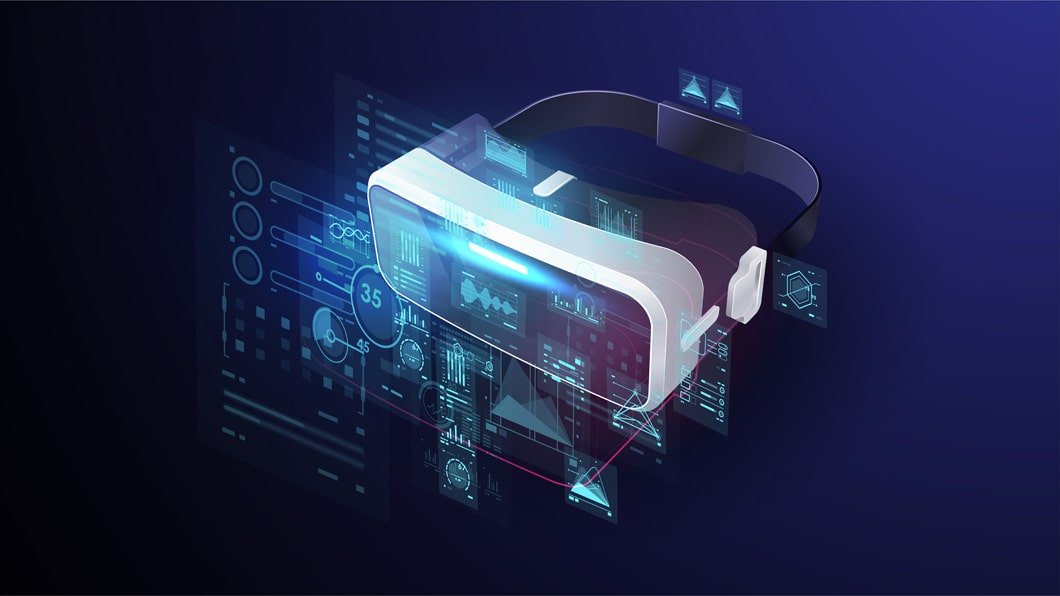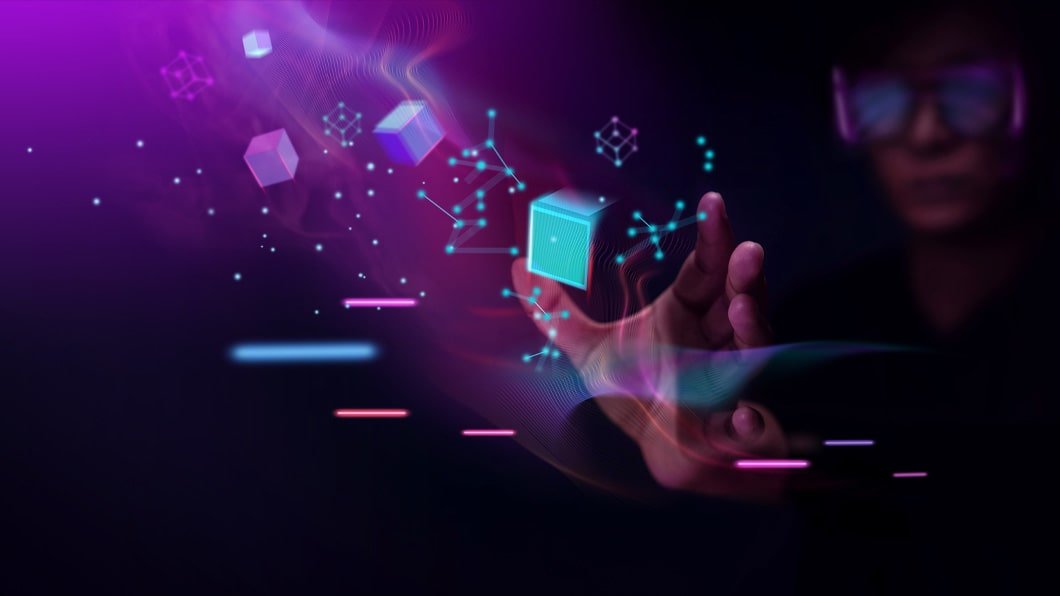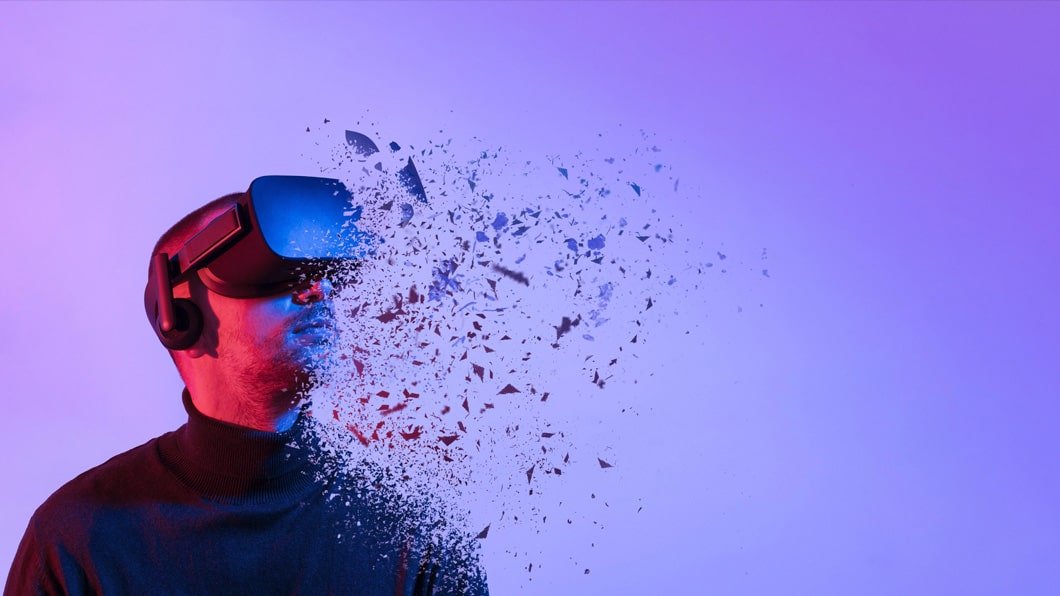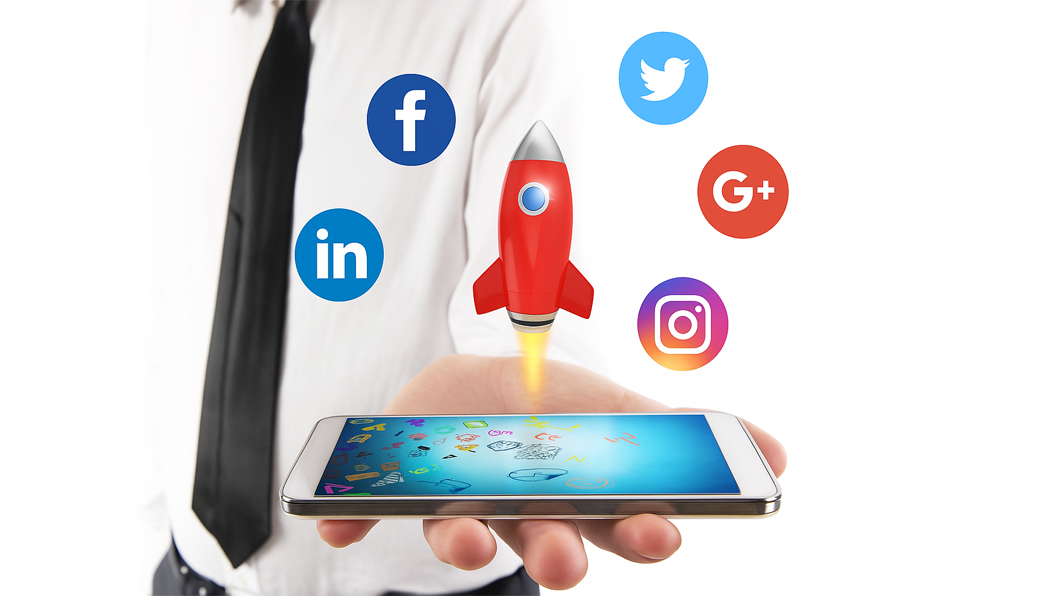
Extended Reality
We live in a time of great change, Where new technologies are constantly reshaping the way we interact with the world. One such technology is Extended Reality (ER), which uses digital images and a simulated environment to create a perceived reality that extends beyond the bounds of the physical world. ER has become increasingly important in a wide range of industries, from healthcare to manufacturing to entertainment. However, The technology is still in its early stages and many obstacles remain before it becomes widespread. Today, I will review the current state of ER and discuss the challenges it faces in becoming an integral part of everyday life. In addition, will provide a brief history of ER, Outline some of the potential applications for the technology and briefly discuss the ethical issues that need to be addressed as the technology develops.
Introduction, Extended Reality (ER) is the use of digital technology to create an immersive environment in which the user feels as though they are interacting with a real object or environment. ER can range from something as simple as a cartoon displayed on a smartphone to as complex as a fully immersive virtual reality experience using a headset like the Oculus Rift. There are many different types of ER technologies, each with its own unique benefits and drawbacks. For example, immersive VR provides an unparalleled sense of immersion and realism, But it can be difficult to use in real-life scenarios and it requires a powerful computer to operate. On the other hand, AR utilizes low-cost devices and is easily usable in the real world, But lacks the same level of immersion and interaction as VR. Similarly, MR combines both AR and VR into a single device that can be used in the real world, But it’s typically more expensive than other AR devices on the market and is not currently widely available to consume. Despite these limitations, There are many exciting applications for ER technology in a variety of fields.
ER has been used to enhance medical education and training, enabling doctors to practice complicated procedures in a safe virtual environment without having to operate on a live patient. It has also been used to help pilots train for emergency Situations by simulating planes plugging into the ocean or other dangerous situations that could potentially endanger the lives of passengers. Despite its many potential benefits, ER faces a number of challenges before it can really be implemented on a large scale. One of the biggest obstacles is price. While the technology may be affordable now, It will probably become too expensive to be practical for most people in the near future.

Another challenge is a lack of regulations. There are no current rules governing how the use of ER technologies should be regulated or how they should be marketed to the public. This presents a significant risk for users since there are no standards in place to ensure the products they sell are safe. Another key challenge facing ER technology is the lack of content. The market for ER experiences is very new and there are not yet enough compelling experiences available for consumers to purchase or download.
This problem will likely only be solved as the technology develops and becomes cheaper and more widespread in the future. Despite these challenges, ER technology has the potential to transform many industries and improve people’s lives for years to come. As with any new technology, the applications will continue to evolve over time. However, If developers can overcome these challenges and make improvements in the reliability and user experience of their products, the future looks bright for AR and MR.
Every new development in technology is met with some scepticism as well as excitement. Only time will tell if the benefits of ER will ultimately outweigh the risks and drawbacks associated with using this new technology. There are many exciting applications for ER technology in a variety of fields. For example, imagine a world where surgeons can practice intricate procedures on virtual patients or pilots can practice emergency landings in a risk free environment. These kinds of applications could revolutionize many fields. But right now we are just at the beginning of the journey and the possibilities for this technology are nearly endless. The future is certainly going to be an exciting place!.

The primary benefit of an ER is its ability to provide users with an immersive experience that engages all of their senses. Although these types of experiences are not currently possible in the real world, they have the potential to change the way we live and interact with the world around us in the coming years. It’s not uncommon for people to experience feelings of depersonalization or dissociation while using ERs, but this can be normal in some cases and not a sign of a mental health issue. It’s also important to remember that VR is not a substitute for therapy if you are experiencing symptoms of a mental health condition. If you are experiencing any negative side effects from an ER, you should speak to a doctor as soon as possible so they can determine the best course of action for you.
The biggest advantage of ER is the ability for it to completely immerse the user in the environment that they are interacting with. This level of immersion is not possible in the real world and can create a sense of déjà vu or even euphoria for some users. A secondary advantage is that ERS are convenient and easy to use. They can be used in a wide variety of settings, from home or school to hospitals and factories. They can also be modified to suit the needs of specific users such as people with disabilities or those who may not be able to interact with the world in a traditional way. The ability to customize and modify virtual environments is a core feature of most ER systems. Finally, another advantage is the relatively low cost of ER compared to other technologies used for similar purposes. Unlike expensive pieces of equipment used in some research labs, ER systems can be designed and used by almost anyone with minimal training or equipment requirements. Despite these advantages, there are a number of factors that must be considered when deciding whether to use an ER to treat a particular medical condition.
One of the most important is safety. While the safety of ER systems has improved in recent years, it is still a relatively new technology and there is much to be learned about how best to use them safely. Certain medical conditions, including seizure disorders or trauma, can be made worse by the use of ER systems so it is important that they are used carefully and under the supervision of a trained professional. Another important factor to consider is the therapeutic potential of ER systems. While some studies have shown that ERS may be useful for certain conditions, others have suggested that they have limited efficacy and in some cases may even be harmful. In the coming years, It will be interesting to see what further research reveals about the relationship between ER systems and mental health and wellness. All in all, however, it seems that the potential benefits of using ER systems outweigh their potential risks and there is no reason not to pursue this research further.

The rise of augmented reality and virtual reality technology has given birth to a field of study known as “e-motional reality” or emr. This technology allows users to immerse themselves in computer-generated environments and interact with objects in those environments as if they were real. Emr has the potential to improve physical, cognitive and emotional functioning in people with a wide range of disabilities, from Autism Spectrum Disorder to Down Syndrome to Veterans with PTSD. It can also be used to help stroke victims recover faster and improve learning and memory in the elderly.
But there are some downsides to this technology as well. For example, research has shown that virtual environments can be detrimental to social well-being in young people and can provoke anxiety and stress in adults. As a result, research is currently being conducted to determine the best way to harness the positive potential of emr while minimizing its negative impacts. It is too early to tell what the future of emr holds but there is no doubt that it will play an important role in the future of health care. In the meantime, users are advised to exercise caution when using emr products and avoid programs that are not specifically designed for people with health concerns.
emr can be defined as a set of technologies that merge the virtual and real worlds. It consists of hardware and software that allows a user to interact with a virtual environment in real time. Some examples of emr products include virtual-reality headsets such as the Oculus Rift and the HTC Vive and wearable computers such as the Apple Watch and the Microsoft HoloLens. While these devices differ in terms of form factor, they all use a combination of sensors, cameras and visual projections to create an immersive environment for the user.

The history of ER technology is relatively short compared to that of other technologies such as the light bulb and the internet but it is still rapidly evolving. The first major breakthrough occurred in 1968 when Ivan Sutherland created the first head-mounted display for the military. This device allowed the user to view a simulated landscape through a pair of goggles connected to a computer and provided the user with the ability to control the computer using a series of hand gestures.
The second major breakthrough came in 1992 when the Virtual Fixtures Corporation introduced the first virtual reality headset for home use. This headset used a transparent visor to display computer-generated images to the user’s eyes and could be controlled by a trackball unit mounted in front of the user’s eyes. While these early devices were crude by today’s standards, they marked the beginning of the virtual reality revolution that continues to unfold before us today.





